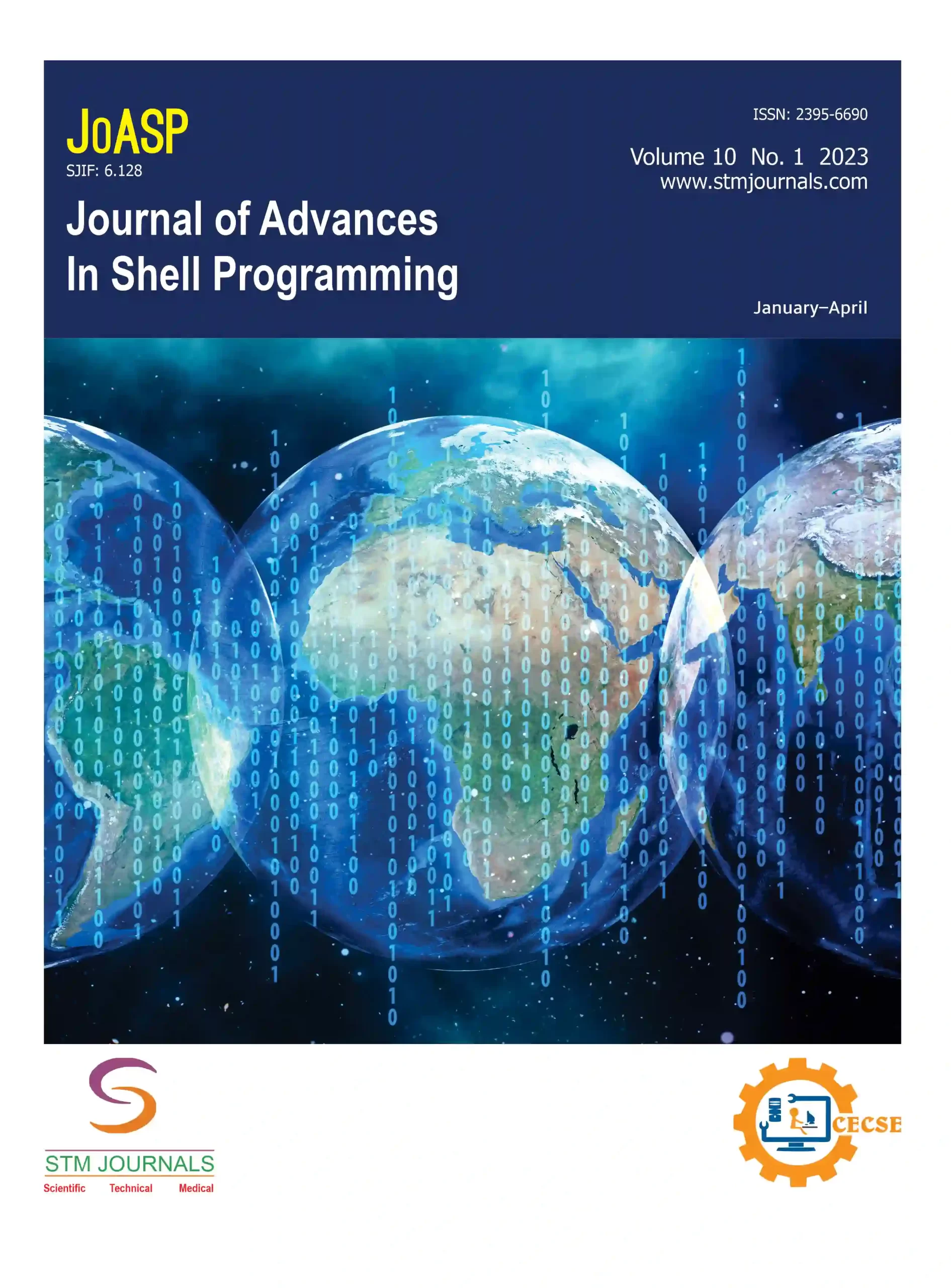Open Access

Chetan Prakash,
- Student Department of Electrical Engineering, Delhi Technological University New Delhi India
Abstract
Networking your computer dramatically enhances their ability to communicate and most computer are used more for communication than computation. The positive impact of computers grows in direct proportion to the number and type of computers that participate in network. One of the greatest benefits of TCP/IP is that it provides interoperable communication between all types of hardware and operating system. TCP/IP is an abbreviation for transmission control protocol/internet protocol. TCP/IP refers to the entire suite of data communication protocols. This article review majorly looks at how TCP/IP is used as a reliable network transmission protocol all over the world. TCP/IP is also used in a private computer network as a communications protocol. This discussion deals with the structure of TCP/IP, its components, its benefits over the OSI model, and OSI model and its component and difference between both models. We have also discussed its underlying protocol that is IP (Internet Protocol), TCP (Transmission Control Protocol) and UDP (User Diagram Protocol).
Keywords: Internet networking, protocols, TCP, OSI, application layers
References
1. Forouzan BA. TCP/IP protocol suite. McGraw-Hill Higher Education; 2002 Jul 1. 2. Wright GR, Stevens WR. TCP/IP Illustrated, Volume
2 (paperback): The Implementation. Addison-Wesley Professional; 1995 Jan 31.
3. Day JD, Zimmermann H. The OSI reference model. Proceedings of the IEEE. 1983 Dec;71(12):1334-40.
4. Zimmermann H. OSI reference model-the ISO model of architecture for open systems interconnection. IEEE Transactions on communications. 1980 Apr;28(4):425-32.
5. Fenton N. The internet and social networking. Misunderstanding the internet. 2012;123.
6. Xylomenos G, Polyzos GC. TCP and UDP performance over a wireless LAN. IEEE INFOCOM’99. Conference on Computer Communications. Proceedings. Eighteenth Annual Joint Conference of the IEEE Computer and Communications Societies. The Future is Now (Cat. No. 99CH36320) 1999 Mar 21 (Vol. 2, pp. 439-446). IEEE.
7. AL-Dhief FT, Sabri N, Latiff NA, Malik NN, Abbas M, Albader A, Mohammed MA, AL-Haddad RN, Salman YD, Khanapi M, Ghani A. Performance comparison between TCP and UDP protocols in different simulation scenarios. International Journal of Engineering & Technology. 2018;7(4.36):172-6.
8. Wang SY, Chao HL, Liu KC, He TW, Lin CC, Chou CL. Evaluating and Improving the TCP/UDP Performances of IEEE 802.11 (p)/1609 Networks. In2008 IEEE Symposium on Computers and Communications 2008 Jul 6 (pp. 163-168). IEEE.
9. Les Cottrell R, Ansari S, Khandpur P, Gupta R, Hughes-Jones R, Chen M, McIntosh L, Leers F. Characterization and evaluation of TCP and UDP-based transport on real networks. InAnnales des telecommunications 2006 Feb (Vol. 61, No. 1, pp. 5-20). Springer-Verlag.
10. Jestratjew A, Kwiecien A. Performance of HTTP protocol in networked control systems. IEEE Transactions on Industrial Informatics. 2012 Jan 9;9(1):271-6.

Journal of Advances in Shell Programming
| Volume | |
| Received | December 12, 2021 |
| Accepted | December 18, 2021 |
| Published | January 27, 2023 |

